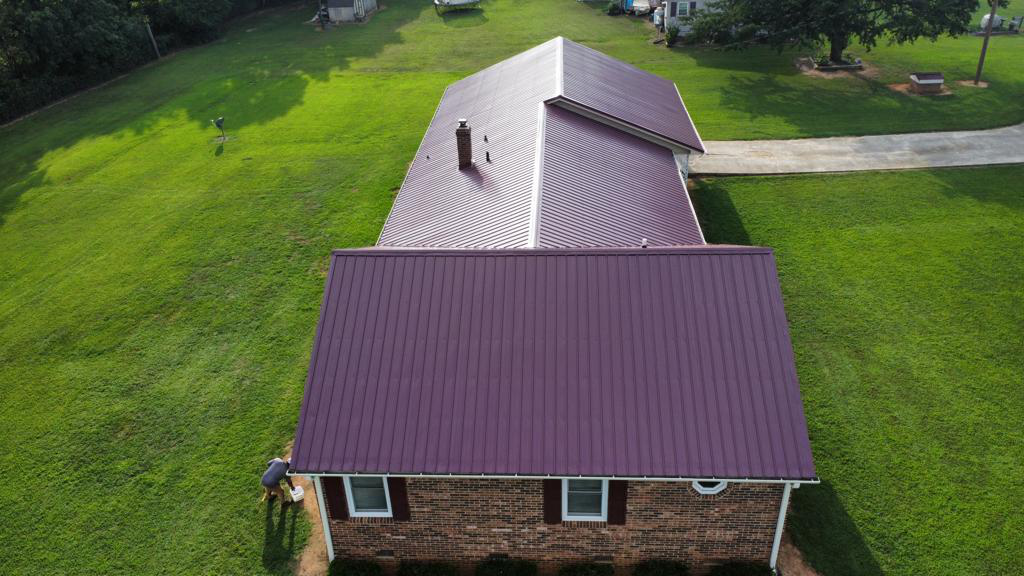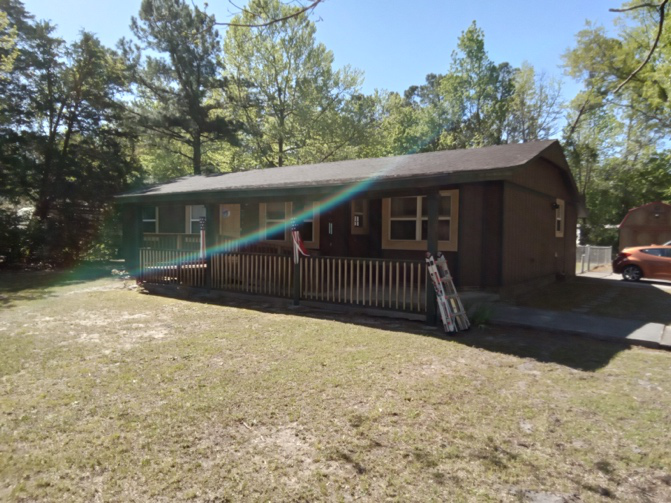As natural disasters become increasingly common, safeguarding your home against potential threats gets all the more important. Disaster-proofing your home increases the safety and well-being of your family. This article will list down various strategies to help you disaster-proof your home.
1. Assess Your Risk
The first step in disaster-proofing your home is understanding the specific risks you face based on your geographic location. Different regions are prone to various types of disasters, including hurricanes, earthquakes, floods, wildfires, and tornadoes. Start by assessing your risk to determine which protective measures are most relevant to your situation.
2. Solidify Your Home’s Foundation
A solid foundation is essential to disaster-proof your home. Regardless of the specific threats you face, such as earthquakes, floods, or high winds, the integrity of your home’s foundation is critical.
If you live in an earthquake-prone area, you should fortify your foundation with specialized reinforcements like anchor bolts and shear walls to enhance its ability to withstand seismic forces. A retrofitting approach like this helps ensure that your home remains standing even in the event of an earthquake, providing safety and security.
Moreover, if you live in an area prone to flooding, you need to take proactive flood prevention measures. One effective strategy involves elevating your home’s foundation above the base flood elevation.

3. Reinforce Your Home’s Structure
Reinforcing the structure of your home is a critical step in disaster-proofing your residence. The structural integrity of your home serves as the foundation of its resilience against various natural forces, making it a fundamental consideration.
If your region is at high risk of earthquakes, you should consult with a structural engineer to assess your home’s vulnerability. After this evaluation, implement seismic retrofitting improvements to enhance your home’s ability to withstand seismic activity effectively. This proactive measure significantly reduces the risk of structural damage during an earthquake, ensuring the safety of your household.
On the other hand, if your area is susceptible to hurricanes and severe storms, consider installing impact-resistant windows and doors. These specialized features act as formidable barriers against high winds and airborne debris, bolstering your home’s defenses during adverse weather conditions.
4. Invest in Impact-Resistant Roofing
The roofing material you choose plays a substantial role in determining your home’s ability to endure various calamities. Among the available options, metal roofing stands out as a top choice thanks to the various advantages it offers.
Firstly, metal roofing is remarkably durable, with a lifespan of up to 50 years. The exceptional longevity ensures that your roof can withstand the rigors of severe weather, including heavy rain, snow, hail, and strong winds, making it a reliable choice for disaster-prone regions.
Secondly, metal roofing offers a high degree of fire resistance. This quality is particularly critical for homes located in areas prone to wildfires, providing an added layer of protection against the devastating effects of fires.
Metal roofing is also renowned for its outstanding wind resistance. Its robust construction and secure installation make it an ideal option, especially in hurricane-prone regions, where powerful winds can pose a significant threat to traditional roofing materials.
Lastly, metal roofs are designed with water resistance in mind. They efficiently shed water, reducing the risk of leaks and damage to your home’s interior. This feature not only enhances your home’s overall resilience but also contributes to its longevity and structural integrity, making metal roofing a compelling choice for disaster-proofing your residence.

5. Strengthen the Roof Structure
Have a professional assess your roof’s trusses and framing. A comprehensive evaluation helps to verify that they possess the necessary strength to safely support the weight of the metal roofing material. Ensuring the roof structure is robust and capable of accommodating the metal roof is fundamental to its long-term performance.
In addition, install hurricane straps or ties. These elements serve to securely anchor the roof structure to the walls, mitigating the risk of roof uplift during periods of strong winds. This reinforcement not only enhances the stability of your roof but also bolsters your home’s ability to withstand hurricane-force winds and severe weather conditions.
Through these measures, you can ensure that your metal roof is fully supported by a strong and resilient roof structure, further strengthening your home’s overall disaster preparedness.
6. Secure Your Home’s Exterior
Securing your home’s exterior goes a long way in fortifying your property against the onslaught of natural disasters. Apart from the structural aspects, focusing on the external elements of your home enhances its overall resilience.
Selecting durable siding materials is the first step in this process. Robust siding options, such as fiber cement or metal siding, offer superior resistance to the elements, ensuring that your home remains protected during adverse weather conditions.
Installing impact-resistant windows and doors is equally essential. These specialized features act as a barrier against high winds and airborne debris, providing an additional layer of security for your home’s envelope.
Regularly maintaining your property’s greenery is another key aspect of external security. Trimming trees and shrubs around your home not only enhances their overall appearance but also reduces the risk of falling branches and debris during storms.
7. Create an Emergency Evacuation Plan
Establish an evacuation plan that includes designated meeting points and emergency contacts for your family members. Ensure that everyone in your household is familiar with this plan and knows what to do in case of an emergency.
Additionally, assembling an emergency supply kit is essential. This kit should contain essential items such as non-perishable food, water, first-aid supplies, flashlights, batteries, and important documents. Having these provisions readily available can make a significant difference in your ability to weather the storm, ensuring your family’s safety and well-being during challenging times.

Remember that choosing the right roofing material, such as a durable metal roof, is a pivotal decision that can make a substantial difference. If you’re in Tennessee and require expert assistance installing a metal roof or need further guidance on disaster-proofing your home, don’t hesitate to contact James Kenton.
With his experience and expertise as a seasoned metal roofer, he can provide invaluable insights and solutions to ensure that your home is well-prepared to face the challenges posed by Mother Nature. Read his blogs to learn more.
